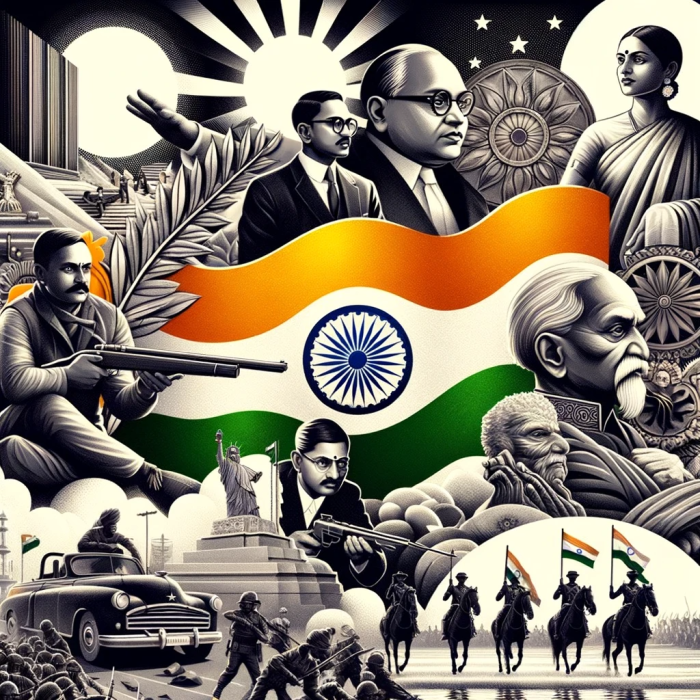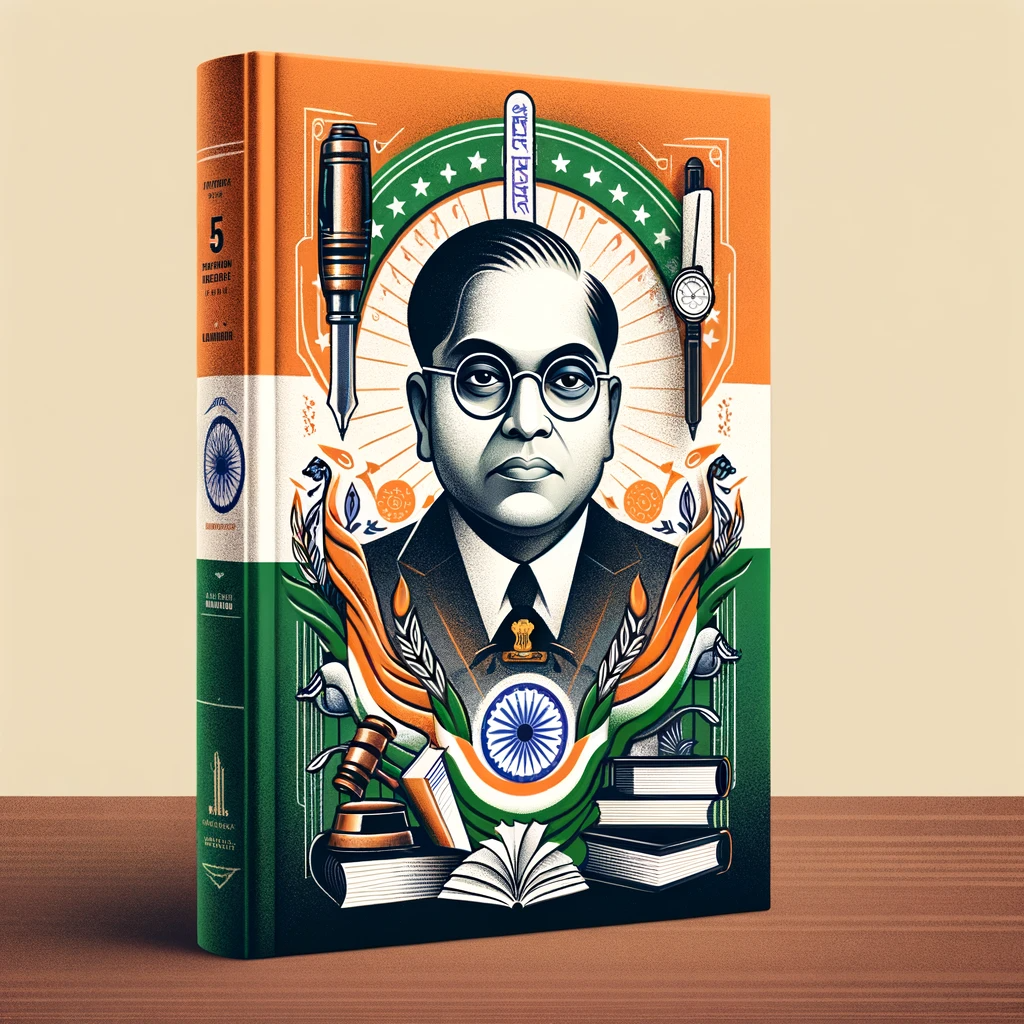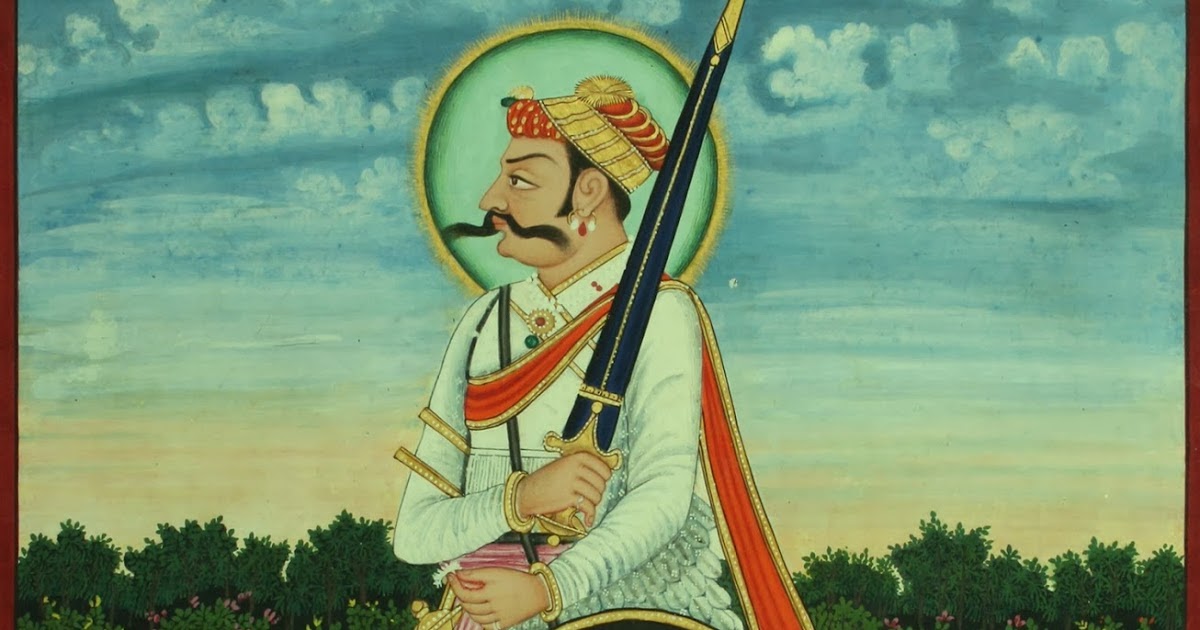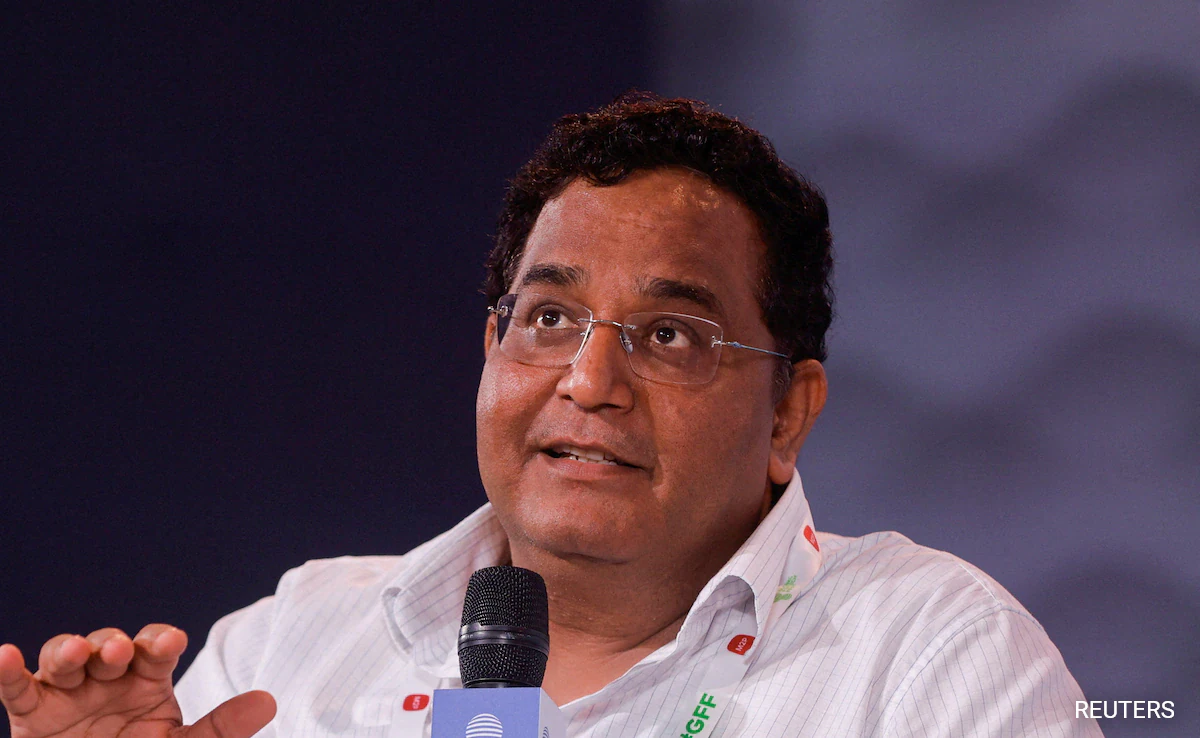Father of Indian Constitution: Ever wondered about the mastermind behind the Indian Constitution? Dr. B.R. Ambedkar’s story is not just inspiring but transformational. Born on April 14, 1891, into a society where caste divisions were deeply entrenched, he rose above societal barriers through sheer intellect and determination. His journey from a marginalized community to becoming the principal architect of India’s Constitution is a tale of resilience and brilliance.
The Dawn of a New Era: India’s Aspirations Pre-Independence
In the years leading up to 1947, India was a land of dreams and turmoil. The struggle for independence from British rule was reaching its zenith. Amidst this backdrop, the need for a document to safeguard the rights of its diverse and multifaceted population was clear. The Constitution was to be the foundation of a new, free India – a testament to its democratic spirit.

Dr. Ambedkar’s Early Life: A Tale of Struggle and Triumph
Dr. Ambedkar’s life is a profound lesson in overcoming adversity. Despite facing discrimination and social ostracization, he pursued education relentlessly, earning multiple degrees and gaining recognition as a scholar and jurist. His educational journey took him from Bombay to Columbia University and then to the London School of Economics, setting the stage for his monumental future contributions.
Crafting the Constitution: Balancing Diverse Views
As the Chairman of the Drafting Committee, Dr. Ambedkar had the mammoth task of reconciling the views of various leaders and factions. The committee had to ensure that the Constitution reflected the aspirations of a nation with rich cultural, religious, and linguistic diversity. It was a delicate balance of traditional values and progressive ideals.
Dr. Ambedkar’s Influential Contributions: Championing Equality
Dr. Ambedkar’s contributions to the Constitution went beyond mere legal framing. He was a crusader for social justice, embedding principles of equality and fraternity in the document. His advocacy for the rights of marginalized communities, women, and laborers was groundbreaking. He ensured that the Constitution abolished untouchability and promoted affirmative action, forever changing the social fabric of India.
The Legacy of Dr. Ambedkar: Father of Indian Constitution
The impact of Dr. Ambedkar’s work extends far beyond the pages of the Constitution. He was a visionary who sparked a socio-political transformation in India. His writings and speeches continue to inspire movements for social justice and equality. As a symbol of resistance against oppression, his legacy endures in the hearts of millions.
Republic Day Parade: A Grand Homage to India’s Democratic Ethos
The Republic Day Parade, held on January 26th each year, is more than a display of cultural and military might. It’s a homage to the Constitution and its creators. The parade showcases India’s diversity, unity, and the strength of its democratic institutions. The military salute, the vibrant tableaux, and the cultural performances are not just a spectacle but a reminder of the values enshrined in the Constitution and the vision of leaders like Dr. Ambedkar.
Frequently Asked Questions (FAQs)
Q. 1: Who is known as the father of the Indian Constitution?
Ans: Dr. Bhimrao Ramji Ambedkar is widely recognized as the father of the Indian Constitution. His leadership in drafting the Constitution and his advocacy for social justice and equality have earned him this distinguished title.
Q. 2: Who takes the military salute during the Republic Day parade?
Ans: The President of India takes the military salute during the Republic Day parade. As the Commander-in-Chief of the Indian Armed Forces, the President’s salute symbolizes respect and recognition of the military’s role in the nation’s security.
Q. 3: Which award is presented during the Republic Day parade?
Ans: The most notable award presented during the Republic Day parade is the Ashoka Chakra. It is India’s highest peacetime military decoration awarded for valor, courageous action, or self-sacrifice away from the battlefield.
Q. 4: How many fundamental duties are written in the Constitution of India?
Ans: The Constitution of India outlines eleven fundamental duties. These were added by the 42nd Amendment in 1976, and the 11th duty was added by the 86th Amendment in 2002.
Q. 5: What does the white color in the Indian flag mean?
Ans: The white color in the Indian flag symbolizes peace and truth. It serves as a reminder of the nation’s commitment to maintaining peace and upholding moral values.
Q. 6: Towards which direction does the sun start moving on Sankranti/Pongal?
Ans: On Sankranti/Pongal, which marks the transition of the sun into the zodiac sign of Capricorn, the sun begins its northward journey, known as Uttarayan. This signifies the end of the winter solstice and the start of longer days.
Q. 7: Who was a staunch nationalist and a founding member of the Swaraj Swadeshi movement?
Ans: Bal Gangadhar Tilak was a staunch nationalist and a key figure in the early Swaraj (self-rule) and Swadeshi (self-sufficiency) movements in India. He played a significant role in the Indian freedom struggle.
Q. 8: Who was the revolutionary freedom fighter engaged in a fierce gunfight with the British in a park?
Ans: Chandrasekhar Azad, a prominent Indian revolutionary, was involved in a famous gunfight with the British police in Alfred Park, Allahabad. He was a key figure in the Indian independence movement and is celebrated for his bravery and commitment to freedom.




